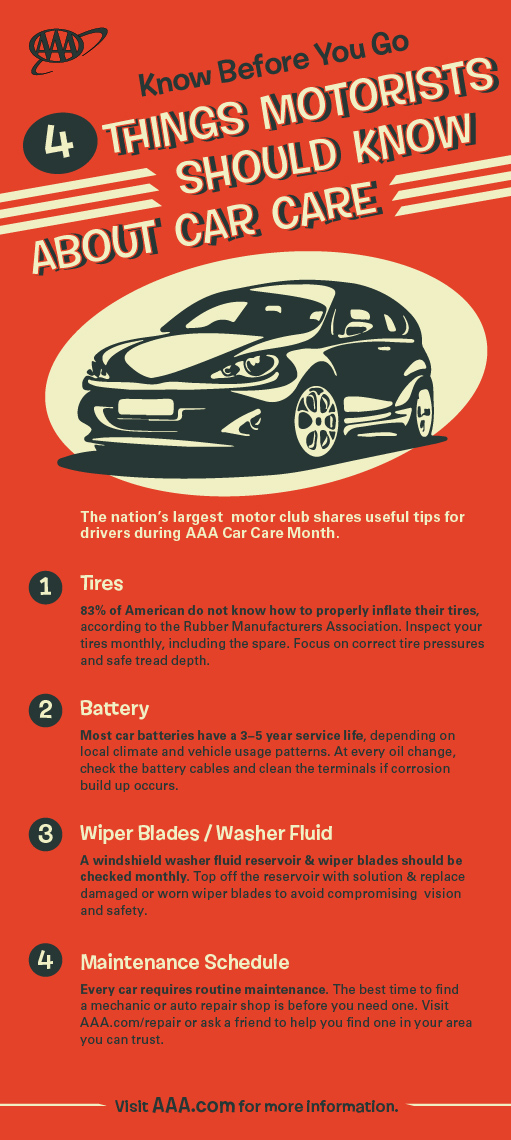Comprehending The Significance Of Your Automobile'S Warning Signals: What They Actually Stand For
Comprehending The Significance Of Your Automobile'S Warning Signals: What They Actually Stand For
Blog Article
Post By-Vinson Winters
When you lag the wheel, those glowing caution lights on your control panel can be a little bit difficult. Do you know what they're attempting to tell you regarding your vehicle's health and wellness? Recognizing the importance of these lights is essential for your safety and the longevity of your lorry. So, the next time among those lights appears, would not you wish to analyze its message properly and take the necessary steps to address it?
Common Warning Lighting and Interpretations
Recognize common caution lights in your car and comprehend their meanings to guarantee risk-free driving.
One of the most normal warning lights consist of the check engine light, which indicates problems with the engine or discharges system. If this light comes on, it's critical to have your automobile examined immediately.
The oil pressure warning light shows reduced oil pressure, needing prompt interest to avoid engine damages.
A blinking battery light might suggest a malfunctioning billing system, potentially leaving you stranded if not dealt with.
The tire pressure surveillance system (TPMS) light notifies you to reduced tire pressure, affecting vehicle stability and fuel efficiency. Ignoring this can lead to hazardous driving problems.
The abdominal light shows a trouble with the anti-lock stopping system, jeopardizing your ability to quit promptly in emergency situations.
Lastly, the coolant temperature level warning light warns of engine overheating, which can result in serious damages otherwise solved quickly.
Comprehending these typical warning lights will certainly aid you address concerns promptly and preserve safe driving problems.
Significance of Prompt Attention
Comprehending the common caution lights in your cars and truck is just the first step; the significance of promptly resolving these warnings can not be highlighted sufficient to ensure your security when driving.
When a warning light illuminates on your control panel, it's your cars and truck's means of connecting a possible problem that needs attention. Disregarding these warnings can lead to a lot more severe issues down the road, compromising your safety and security and potentially costing you extra in repairs.
Prompt focus to alerting lights can prevent breakdowns and accidents. For example, a blinking check engine light can suggest a misfire that, if left ignored, might create damages to the catalytic converter. Addressing this promptly can save you from a costly repair service.
Similarly, eastside detailing warning light may indicate low brake liquid or used brake pads, critical parts for your safety and security when driving.
DIY Troubleshooting Tips
If you notice a caution light on your dashboard, there are a couple of do it yourself repairing pointers you can attempt before looking for specialist help.
https://www.lansingstatejournal.com/story/news/2021/12/21/lansing-auto-repair-shops-overwhelmed-supply-chain-issues/8972045002/ is to consult your car's guidebook to comprehend what the certain caution light indicates. Often the issue can be as straightforward as a loosened gas cap triggering the check engine light. Tightening up the gas cap may solve the issue.
An additional typical issue is a low battery, which can set off different advising lights. Inspecting the battery connections for corrosion and guaranteeing they're protected could take care of the problem.
If a warning light persists, you can attempt resetting it by disconnecting the vehicle's battery for a couple of mins and then reconnecting it. In addition, checking your car's fluid levels, such as oil, coolant, and brake fluid, can aid fix alerting lights associated with these systems.
Conclusion
To conclude, recognizing your auto's warning lights is important for keeping your car running efficiently and safely. By without delay dealing with these alerts and understanding what they suggest, you can stay clear of expensive fixings and possible malfunctions.
Remember to consult your automobile's guidebook for specific information on each alerting light and act as necessary to ensure a trouble-free driving experience.
Keep informed, stay risk-free when traveling!
